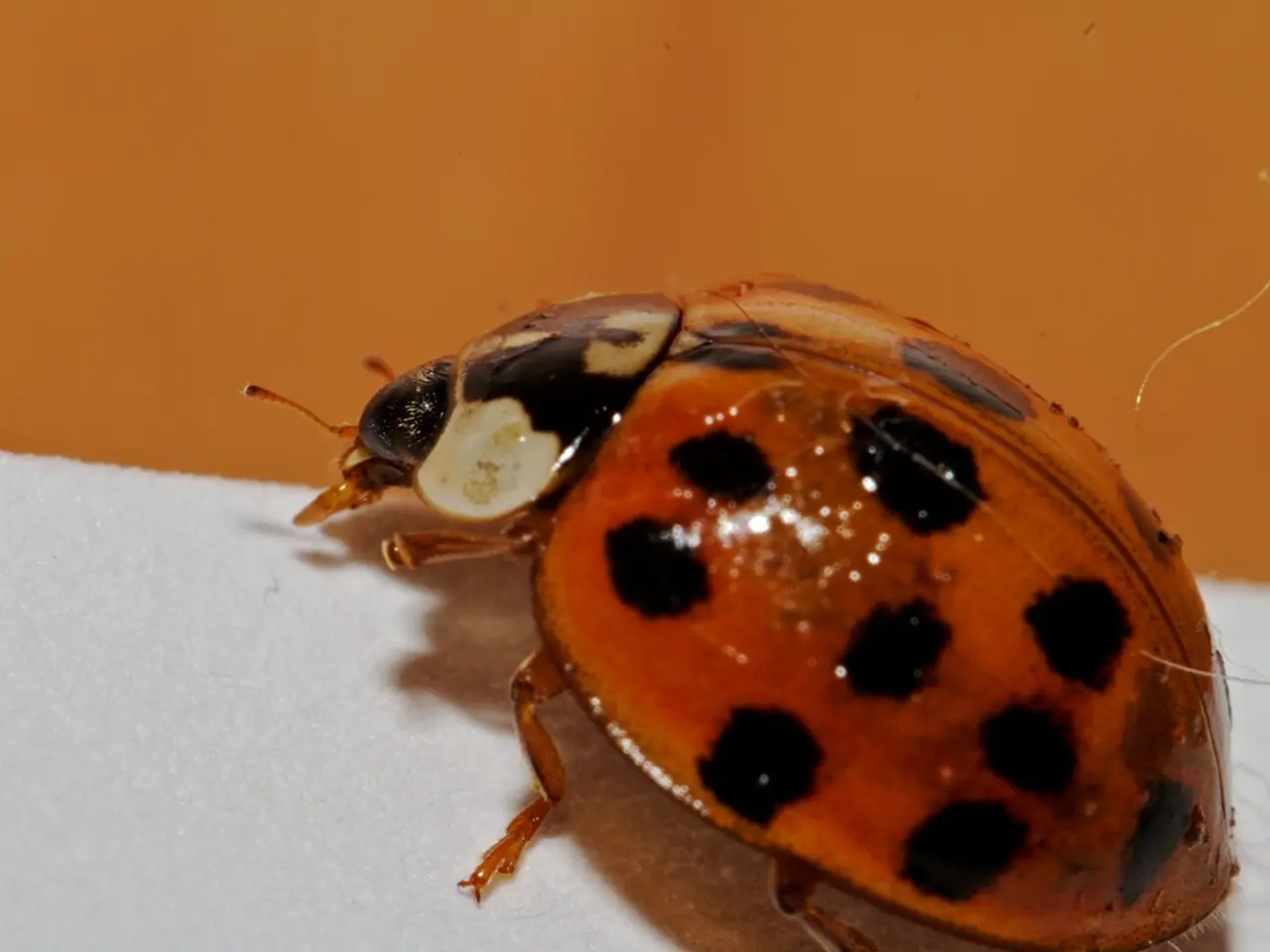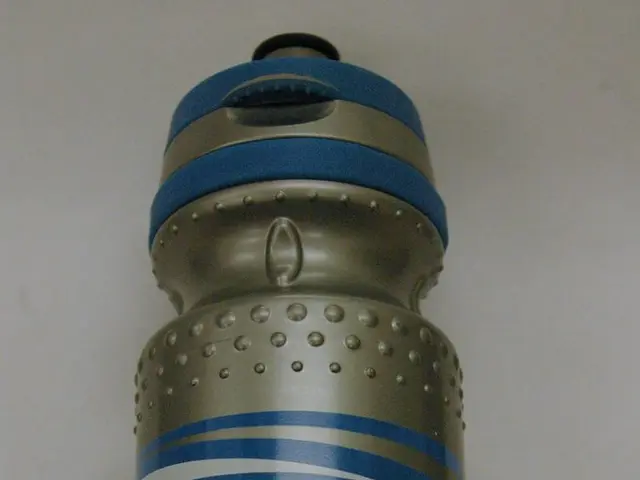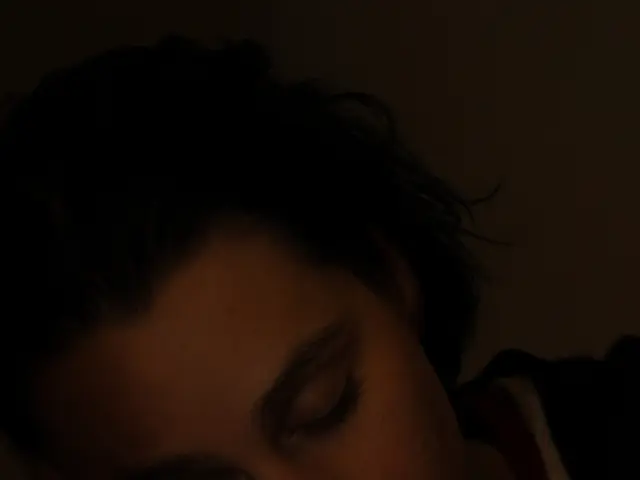Understanding the Symptom Overlap: Identifying Allergies or Bed Bugs
In the Seattle area, where damp conditions can exacerbate both mold-related allergies and indoor pest problems, accurate identification of symptoms is crucial. Two common issues often mistaken for one another are bed bug bites and seasonal allergies. Here's a guide to help distinguish between the two.
### Bed Bug Bites
Bed bug bites typically present as red, itchy, raised bumps that often appear in clusters of three to five or in a zigzag pattern. They are usually found on exposed skin areas such as arms, legs, neck, and face—areas which come into contact with bedding. If sleeping naked, bites may appear anywhere on the body.
Bites usually occur at night since bed bugs feed while you sleep. The reaction to bites may appear hours or days after the bite, making it hard to immediately link to bed bugs. Other signs of a bed bug infestation include the presence of physical evidence like bed bug droppings or shed skins on bedding. Severe allergic reactions to bites are rare but possible.
### Seasonal Allergies
Seasonal allergies primarily include nasal congestion, sneezing, itchy and watery eyes, runny nose, and sometimes skin rashes caused by airborne allergens like pollen. While allergies can cause skin rashes or hives, they do not cause clustered raised bumps typical of insect bites.
Allergy symptoms occur in response to exposure to allergens and vary with seasons; they are often persistent rather than appearing suddenly overnight. Allergies often cause increased asthma episodes, wheezing, and nasal symptoms, which are not associated with bed bug bites.
### Differences Between Bed Bug Bites and Seasonal Allergies
| Symptom Aspect | Bed Bug Bites | Seasonal Allergies | |---------------------|------------------------------------------------|-------------------------------------------| | **Appearance** | Red, itchy, raised bumps in clusters or lines | Skin rashes or hives, usually not clustered | | **Location on body**| Exposed skin—arms, legs, neck, face | Usually widespread (skin rash), eyes, nose, throat | | **Onset timing** | Bite appears overnight, reaction delayed | Symptoms occur during allergen exposure, often persistent | | **Other symptoms** | Possible mild pain/burning, local inflammation | Sneezing, nasal congestion, itchy/watery eyes, asthma | | **Cause** | Bed bug feeding and bite | Immune reaction to airborne allergens (e.g., pollen) |
In conclusion, bed bug bites present as clustered itchy red bumps typically appearing overnight on exposed skin, while seasonal allergies manifest as respiratory symptoms and diffuse skin reactions without clustered bite marks.
If you suspect a bed bug infestation, looking for tiny white eggs or translucent shed skins near where you sleep can indicate an infestation. Inspecting mattress seams and box spring edges, baseboards, electrical outlets, and nearby furniture can reveal signs of bed bugs.
On the other hand, if your symptoms include sneezing, itchy eyes, or throat irritation, you might be dealing with allergens. Managing allergy symptoms involves measures such as vacuuming more often with HEPA filters, washing bedding in hot water weekly, replacing air filters, and reducing humidity with a dehumidifier.
Misdiagnosis of bed bug infestations as allergies wastes time and increases discomfort. A dual approach—targeting environmental allergens and scheduling a pest control inspection—provides the most comprehensive path to relief for both allergies and bed bug infestations.
In the realm of health-and-wellness, understanding the differences between bed bug bites and seasonal allergies is paramount, especially in areas like Seattle with potential for mold and pest problems. While bed bug bites manifest as red, itchy, raised bumps in clusters or lines on exposed skin like the arms, legs, neck, and face, seasonal allergies present as sneezing, nasal congestion, itchy and watery eyes, and sometimes skin rashes. Moreover, identifying skin-care practices can help alleviate symptoms caused by both bed bugs and seasonal allergies; regularly washing bedding with hot water or using a dehumidifier can help mitigate seasonal allergies, while maintaining fitness-and-exercise routines can strengthen both mental-health and the immune system, potentially making one more resilient to pests and allergens.




